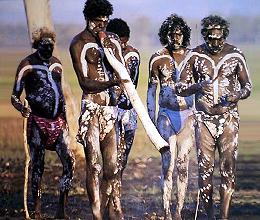

The Aborigines (Australia's indigenous people) have been considered second-class to to overall population even thought they arrived in this area fist and are the true natives the the land. Since they have arrived and many new systems have been made, the aborigines have lost their land rights and have been discriminated against, but most importantly have bad heathcare, and are too poor to fix these problems on their own. The only water they have access to is dirty and contaminated, they have poor sanitation and live in great poverty.








